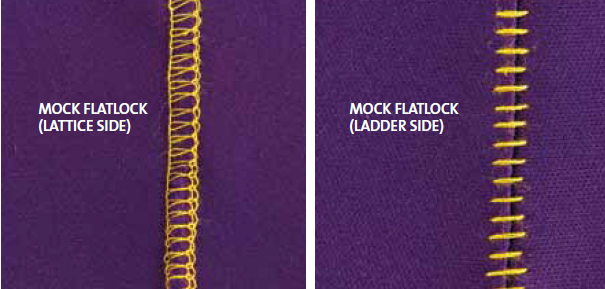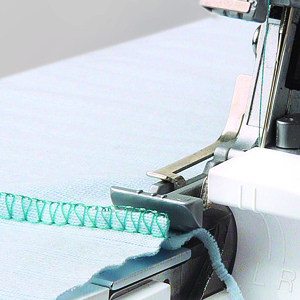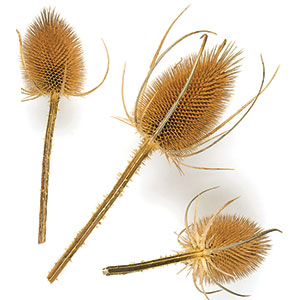
Q: What is the difference between a “real” flatlock stitch, such as the stitching found on purchased activewear clothing, and the flatlock I can make on my home serger using a three-thread overlock stitch? Are these interchangeable?
—Joanna Barnett, via email
A: Melissa Fehr, author of Sew Your Own Activewear (SewAndSo, 2018) and owner of FehrTrade, sorts out the differences.
Industrial flatlock machines use up to six threads (four needle threads, plus a looper on each side of the fabric) to create a strong and flexible seam that’s flat and virtually identical on either side. The cut edges on each side of the seam are abutted rather than overlapped, meaning there are no seam allowances to add bulk or potentially cause chafing. This is why this seam is most often seen on ready-to-wear activewear.
In contrast, domestic sergers can only create a “mock flatlock” stitch using a two-thread or three-thread overlock (a needle and the lower or both loopers), The needle thread tension is loosened, almost to zero; the lower looper is tightened. Once the seam has been overlocked, the pieces of fabric are pulled open so the seam allowances abut or overlap slightly. The threads form a lattice on one side of the fabric and a ladder on the other.
The main issue with the faux flatlock stitch is its lack of strength: Those three threads need to work hard to maintain the seam’s integrity in close-fitting and high-stress areas, and there’s no backup thread in case of breakage. So it’s best to leave the mock flatlock stitch to looser-fitting styles or areas of low stress, such as T-shirt or sweatpant seams. For hardworking stretchy seams, as in leggings or sports bras, use a more secure overlock stitch combined with decorative topstitching along the seamline to add interest and flatten the seam allowances. I recommend a four-thread serger overlock stitch. For a minimum of chafing, sew the garment wrong sides together, so the seam allowances are on the right side, and topstitch them flat.

































Log in or create an account to post a comment.
Sign up Log in